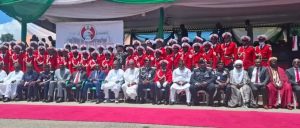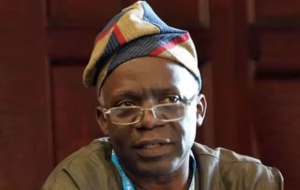The Lower Zambezi National Park located in Zambia, is a famous tourist attraction and sanctuary for various animal species. However, construction has begun for the Kangaluwi copper mine, an open cast copper mine spread across the national park, despite multiple warnings and protests from activists. The Zambia Environmental Management Agency (ZEMA) first rejected the Environmental Impact Statement (EIS) submitted by Mwembeshi Resources Limited, the company that applied to mine copper in the park, in 2011. But after a decade-long fight, the company has been granted permission to continue the mining activities.
The Lower Zambezi is a vital component of the wider Zambezi basin, which contributes significantly to the developmental, environmental, and social aspects of southern Africa. The Lower Zambezi Tourism Association, in 2014, warned that the mine could cost Zambia billions in dollars of foreign investment and could even result in a financial loss of $13 million in the first seven years of the mine’s operation. However, in response, Oliver Shalala, the communications and corporate affairs manager of Mwembeshi Resources Limited, said that the mining in the area is an indicator of progress and job creation and that locals were in favour of the decision.
Activists have warned of a massive threat to the ecosystem caused by the mine. However, with work already underway on the project, there is an uncertainty in the air, whether Zambia will continue to protect its treasured forests and national parks, particularly since it allowed mining inside national parks. The Mines and Minerals Development Act, 2008 and the Zambia Wildlife Act, 1998, permit mining inside national parks, but there is no legal framework or policies in place to make sure that the mining doesn’t harm the environment. There is no system to monitor implementation, mitigation, and rehabilitation of the mining activity.




![I might develop high blood pressure - Taye currency opens up after losing millions to CBEX [VIDEO]](https://mediatalkafrica.com/wp-content/uploads/2025/04/I-might-develop-high-blood-pressure-Taye-currency-opens-300x204.avif)